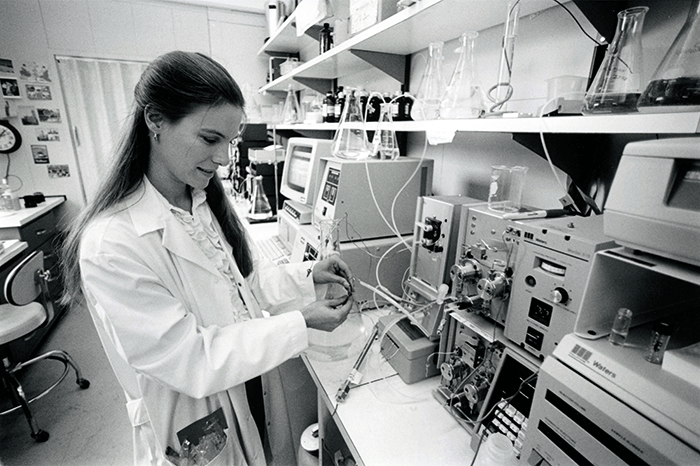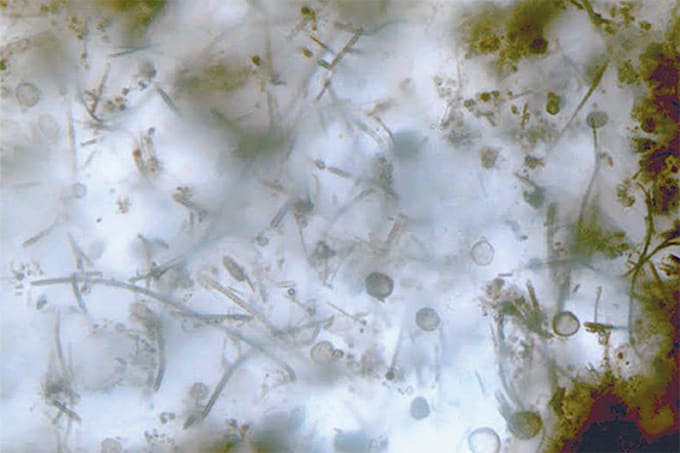Fat Chance
Scientists aim to produce more efficient fuels and other bioproducts by using multi-omics approaches to understand the fundamental workings of cells in changing environments. This petri dish contains different mutant strain colonies of Yarrowia lipolytica, an oil-producing yeast. Photo credit: William R. Wiley, Environmental Molecular Sciences Laboratory (EMSL) (CC 4.0)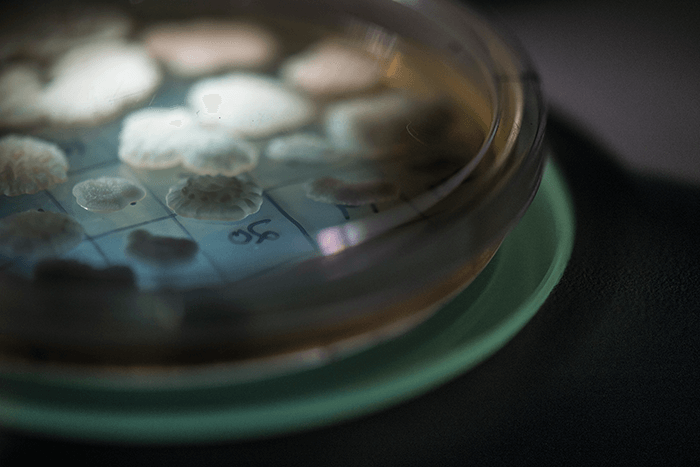
Wheel of Fortunate Purification
HPLC fractions from one of three protein purification steps in the preparation of respiratory Complex I from E.coli. Photo credit: David Morgan (Flickr)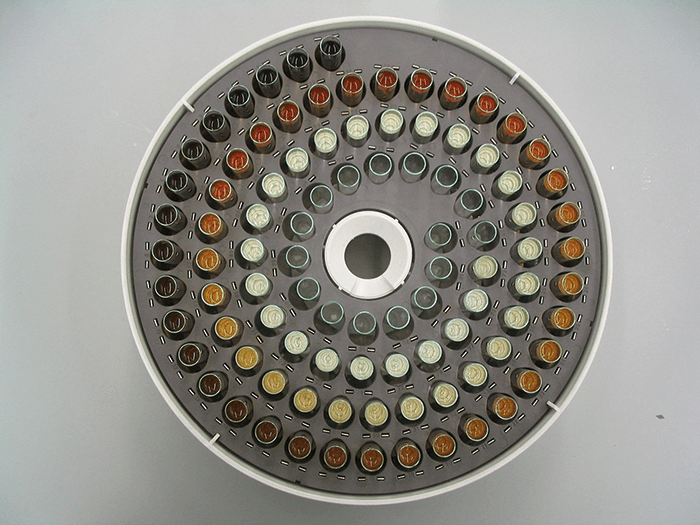
What’s Up, Doc?
NASA Twins Study investigators are looking for metabolic changes in retired astronaut Scott Kelly and studying how it correlates to the food he ate during the One-Year Mission and Twins Study. Here, he watches a bunch of fresh carrots float in front of him while preparing to partake of their crunchy goodness on the International Space Station. Photo credit: NASA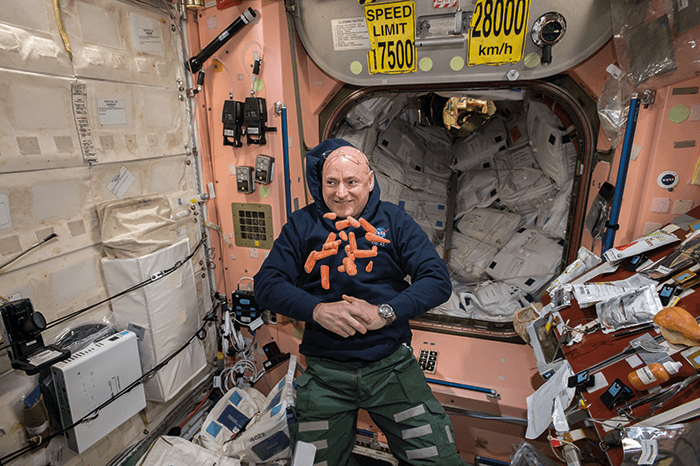
Dandelion Clock
An X-ray image of two dandelions illustrates how gratings-based X-ray imaging provides information on small-angle X-ray scatter (red scale) as well as conventional absorption radiography (gray scale). Such enhancements to X-ray imaging may eventually help distinguish between explosives and benign materials for security screening or even improve medical imaging. Photo credit: PNNL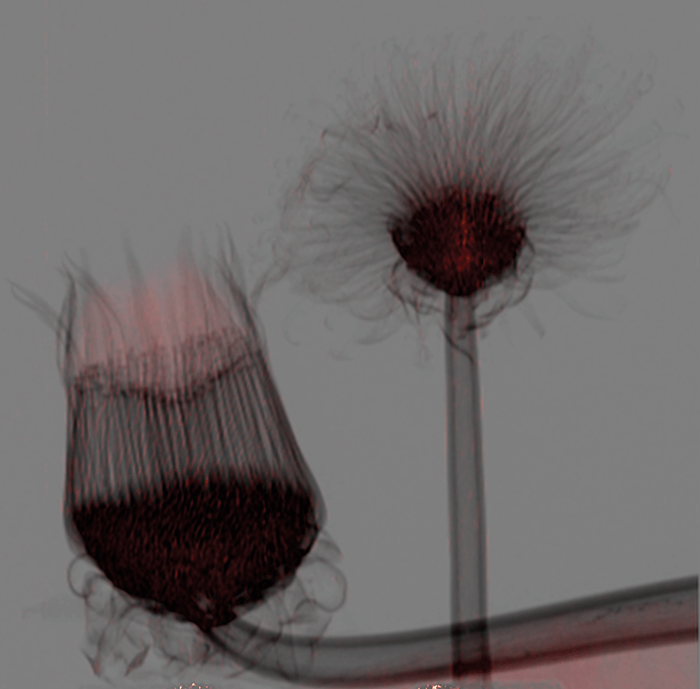
The Detectorist
The backpack-mounted laser induced breakdown spectroscopy (LIBS) system was developed to conduct nuclear safeguard monitoring by Los Alamos National Lab. Photo credit: Los Alamos National Laboratory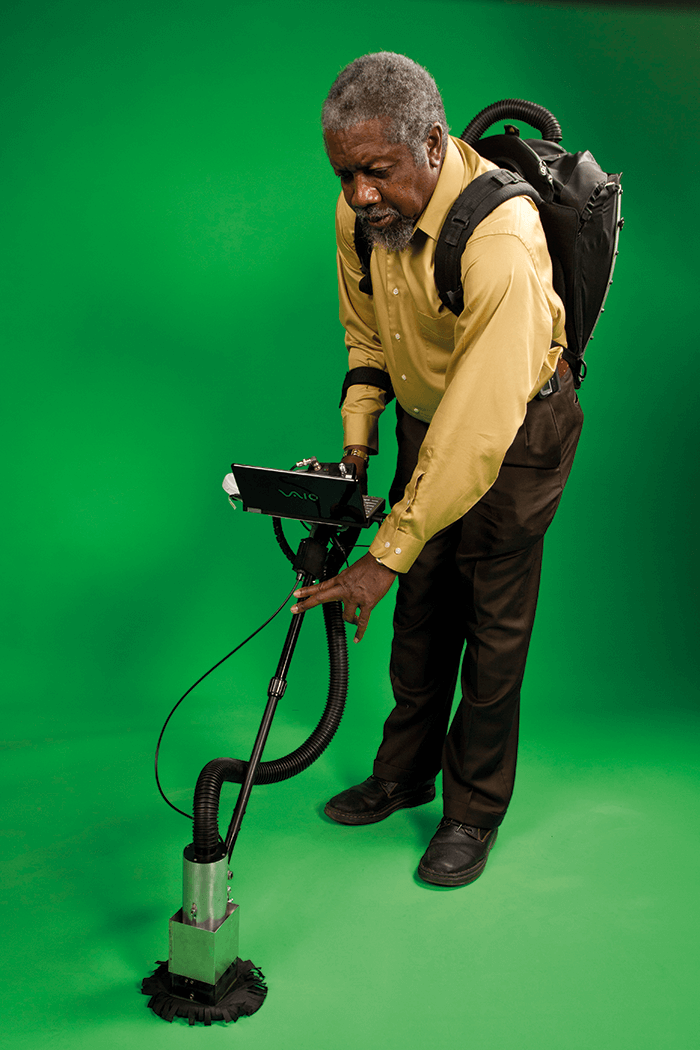
We Are the Children
CDC epidemiologist Caitlin M. Worrell’s photograph of a collection of dried blood samples, obtained from school children in Northern Haiti as part of a transmission assessment survey (TAS) being carried out in the Dondon Commune. The results of such surveys allows the national program to determine if mass drug administration has been successful in reducing the prevalence of lymphatic filariasis (LF). Photo credit: Public Health Image Library (PHIL), Centers for Disease Control and Prevention (CDC)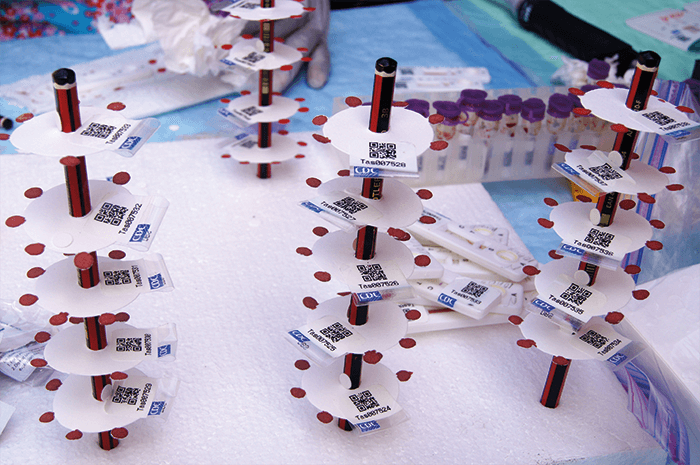
Timeless HPLC
FDA research chemist Judy Regan purifies peptides using HPLC – in 1987. Photo credit: US Food and Drug Administration